It is likely that the coffee you sipped this morning was brewed from coffee beans grown in Costa Rica. Cubans introduced coffee beans to Costa Rica in 1779, and its production in the country quickly became a lucrative business for farmers. In the 1820s, Costa Rica began to export its coffee beans to other countries in Central America, beginning with Panama and Chile. Today, Costa Rica is one of the largest exporters of coffee beans in the world. But what makes Costa Rica such a strong producer of coffee beans? The answer is hidden in the topography and climate.
There are six active and sixty-one dormant or extinct volcanoes in Costa Rica. According to National Geographic, active volcanoes are those that have a recent history of eruptions and are likely to erupt again, while extinct indicates volcanoes that are not expected to erupt in the future. Dormant volcanoes, like Barva Volcano in Heredia Province, Costa Rica, have not erupted in a while, but might again in the future. Active volcanoes contain a chamber that collects molten rock called magma. When pressure builds up inside the magma chamber, it causes the magma to escape onto the Earth’s surface, after which it is called lava. Volcanic ash is a mixture of rock, mineral, and glass particles that is expelled during a volcanic eruption. These are pitted and have holes in them, making them low density particles. Eventually, ash falls to the ground and deposits miles from the original eruption site. This fertilizes the soil, increasing its potency for agriculture (Figure 1).
Figure 1. Volcanic ash (dark gray band) deposits in the soil near Monteverde, Costa Rica that enhance the land’s fertility (Robinson 2012).
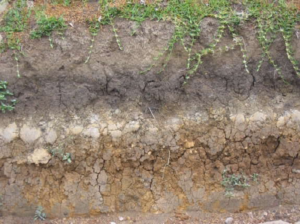
Costa Rica is the only country in the world that is legally required to grow 100% Arabica coffee beans. These are the highest quality beans available, as they are more acidic and have a lower caffeine content, which makes it easier to drink. Arabica beans also produce a smoother and sweeter cup of coffee with notes of chocolate, fruits, caramel, and nuts. The Costa Rican climate suits the growing conditions that Arabica beans require, including extra shade, water, and high altitude.
Figure 2. Arabica coffee beans in comparison to other types of beans, such as Robusta, Excelsa, and Liberica (MacDonnell 2023).
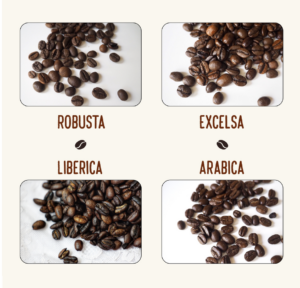
This type of bean requires high altitudes, above 2000 feet, and warm temperatures, between 64- and 70-degrees Fahrenheit, to grow. The mountainous terrain of Costa Rica provides the high altitudes, and the Costa Rican seasons only include dry and rainy, which combined with the constant warm temperature, are highly conducive to coffee bean growth. Costa Rica is also privy to steady rainfall and a tropical climate with abundant sunshine. The combined effect of these growing conditions allows Costa Rica to harvest coffee beans three times more per year than any other area in the world.
Costa Rican coffee generally has a rich, smooth flavor with a medium roast. But the country is divided into eight coffee regions (Figure 3), where each produces coffee beans with their own unique characteristics.
Figure 3. Costa Rican boundaries outlined in black, showing all eight coffee regions in the country (from left to right): (1) Guanacaste, (2) Valle Occidental (West Valley), (3) Valle Central (Central Valley), (4) Tres Ríos, (5) Tarrazu, (6) Turrialba, (7) Orosi, and (8) Brunca (Café Britt, 2016).
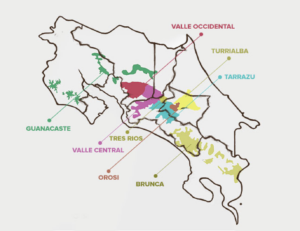
Figure 4. Guanacaste is a very mountainous region, where the beans are slightly acidic, and have bitter and salty notes (Café Britt, 2016).

Figure 5. West Valley produces beans with orange, peach, and apricot flavors, with a hint of honey and vanilla (Café Britt, 2016).
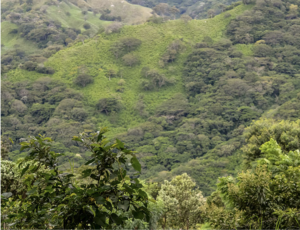
Figure 6. Beans grown in the Central Valley have a fruity and chocolatey taste (Café Britt, 2016).
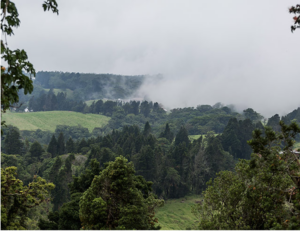
Figure 7. Tres Ríos is close to the Irazu Volcano, whose ash deposits in the soil lead to well-balanced, acidic beans.
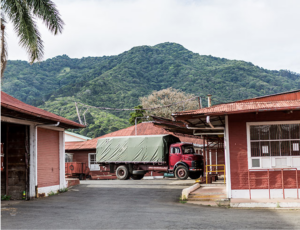
Figure 8. Beans grown in the Tarrazú region emit dried fruit, orange, chocolate, and vanilla flavors (Café Britt, 2016).
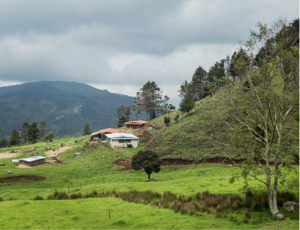
Figure 9. Turrialba is named after the area near the Turrialba volcano, and beans grown in this area have a light, smoky flavor due to the volcanic ash in the soil (Café Britt, 2016).

Figure 10. The beans harvested in Orosi are known to brew into a smooth, balanced cup of coffee (Café Britt, 2016).
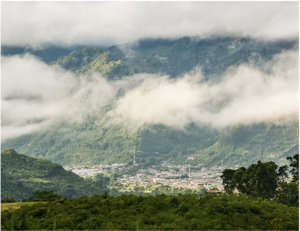
Figure 11. Lastly, Brunca is an area high in humidity, which produces citrus-flavored beans that range from mild to sweet (Café Britt, 2016).
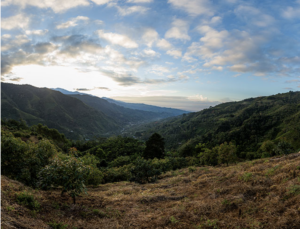
On our visit Costa Rica, we went to the Hacienda Alsacia Starbucks Coffee Farm. Located in the town of Alajuela, it is in the Tarrazu coffee region of Costa Rica. Reflecting on our coffee tasting experience, I could sense the fruity and chocolatey notes in the acidic blonde roast we had.
Next time you brew a cup of coffee, check to see if it is from Costa Rica. Can you guess which region it is from based on the taste?
References
B, Ayush. “Arabica Coffee And What Makes It Special.” Exploring the World of Specialty Arabica Coffee, 23 Feb. 2023,
“Costa Rica Volcanoes – Costa Rica Volcanoes Information.” ARENAL.NET, https://www.arenal.net/volcanoes-costa-rica#:~:text=Costa%20Rica%20is%20home%20to,the%20country’s%20most%20active%20volcano.
“8 Costa Rican Coffee Regions.” Cafe Britt, https://www.cafebritt.com/experience-britt/journey-to-origin/8-costa-rican-coffee-regions.
Hodel, Steven. “The History of Coffee in Costa Rica.” The Tico Times | Costa Rica News | Travel | Real Estate, 8 Sept. 2020, https://ticotimes.net/2020/09/07/the-history-of-coffee-in-costa-rica.
Horizontes, Marketing. “3 Reasons Why Costa Rica’s Coffee Is Some the World’s Best.” Costa Rica Nature Tours Discover Our Biodiversity | Horizontes Costa Rica, Horizontes Nature Tours Costa Rica, 1 June 2022, https://www.horizontes.com/blog/why-costa-ricas-coffee-is-one-of-the-best-in-the-world.
MacDonnell, Kate. “4 Types of Coffee Beans: Profiles, Pictures & More.” Coffee Affection, 14 Apr. 2023, https://coffeeaffection.com/different-types-coffee-beans/.
National Geographic Society. “Volcanic Ash.” Education, 20 May 2022, https://education.nationalgeographic.org/resource/volcanic-ash/.
Robinson, Jesse D. “Importance of volcanic ash deposits in the soil horizon of the Monteverde cloud forest.” (2012).
Scott, Michon. “Climate & Coffee.” NOAA Climate.gov, 19 June 2015, https://www.climate.gov/news-features/climate-and/climate-coffee#:~:text=The%20optimal%20temperature%20range%20of,upland%20elevations%20of%20tropical%20countries.